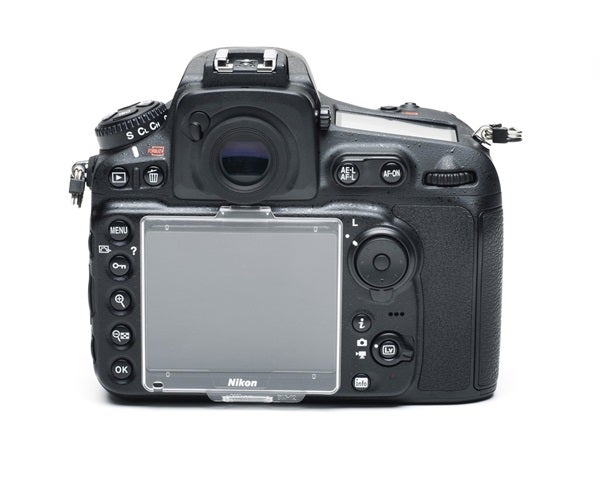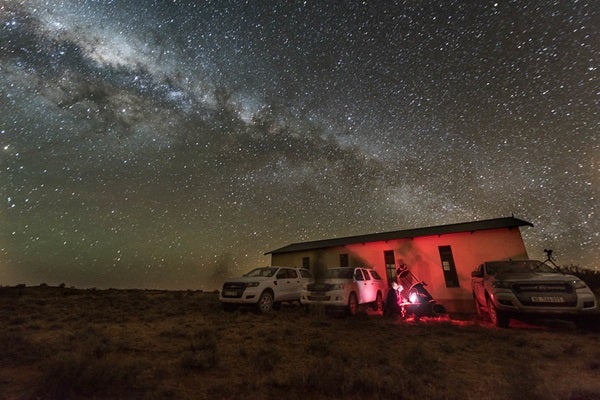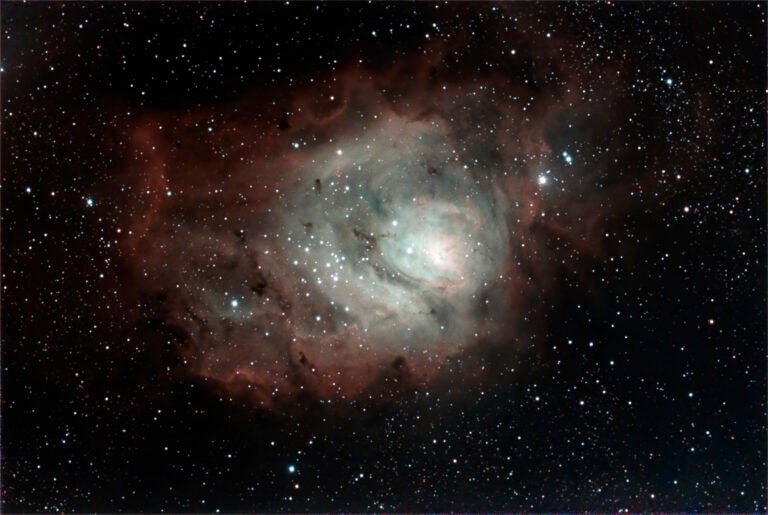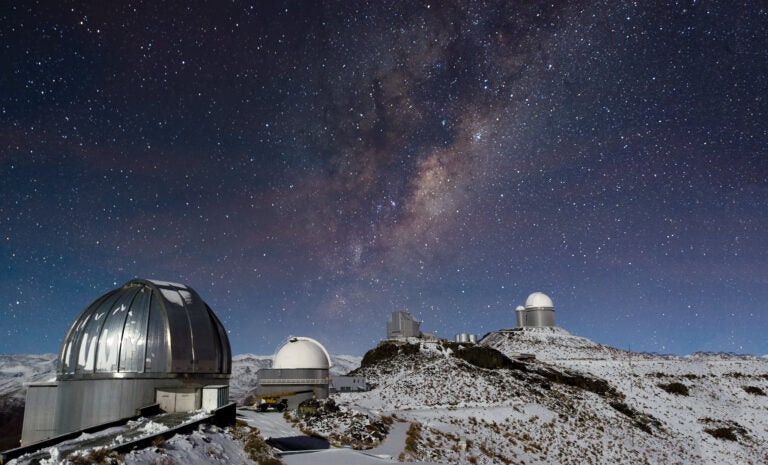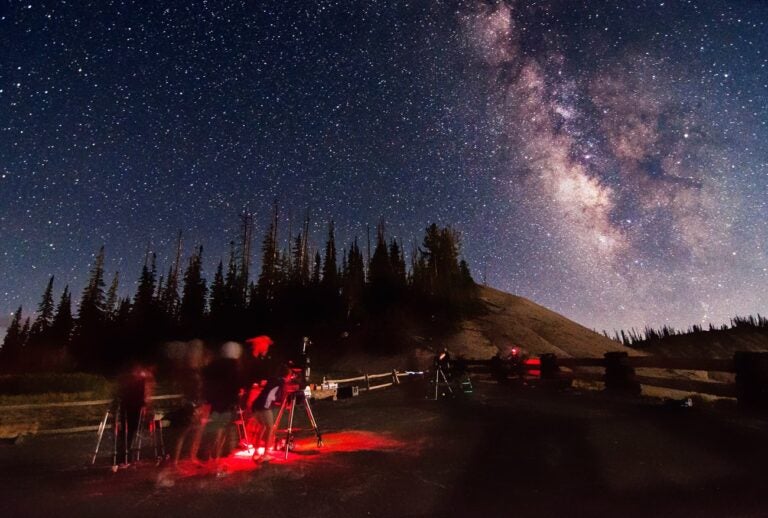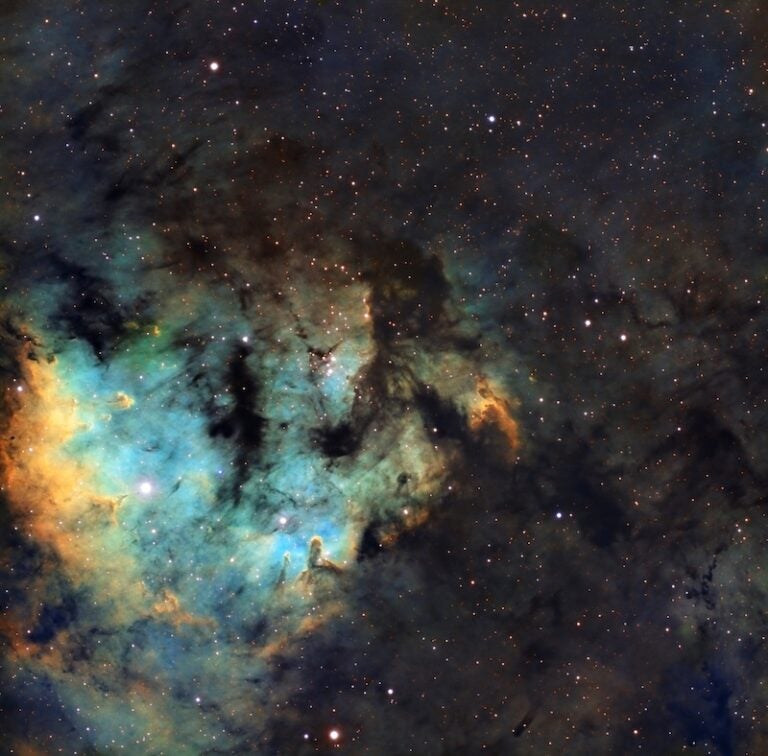To begin with, it has a full-frame (35mm) 36.2-megapixel sensor (in a 7360-by-4912-pixel array) with no anti-aliasing filter in front. This allows the camera greater sharpness, something I was able to verify as soon as I saw the way it recorded stars. Although Nikon discourages the use of this camera for daytime photography, I, and many other reviewers, have found that it works fine for daytime shots. If reds come out slightly stronger it is an easy matter to go into Photoshop to adjust the reds to your liking. In my daytime images with color balance set to “Auto,” everything looked great.
Although the camera comes with an instruction manual of intimidating length and detail, the basic controls are fairly easy to learn and execute. In 30 minutes of using the camera, I mastered setting the ISO, navigating to the time-exposure control, setting the f/stop if I was using a lens, and implementing my noise suppression of choice in the noise-reduction panel.
The chroma noise (blotches of color) so common in cameras that I have used previously was completely absent at ISO 1600. Frankly, I was stunned. Beyond the lack of noise, the camera picked up color and detail in deep shadows at night far beyond anything I was used to.

